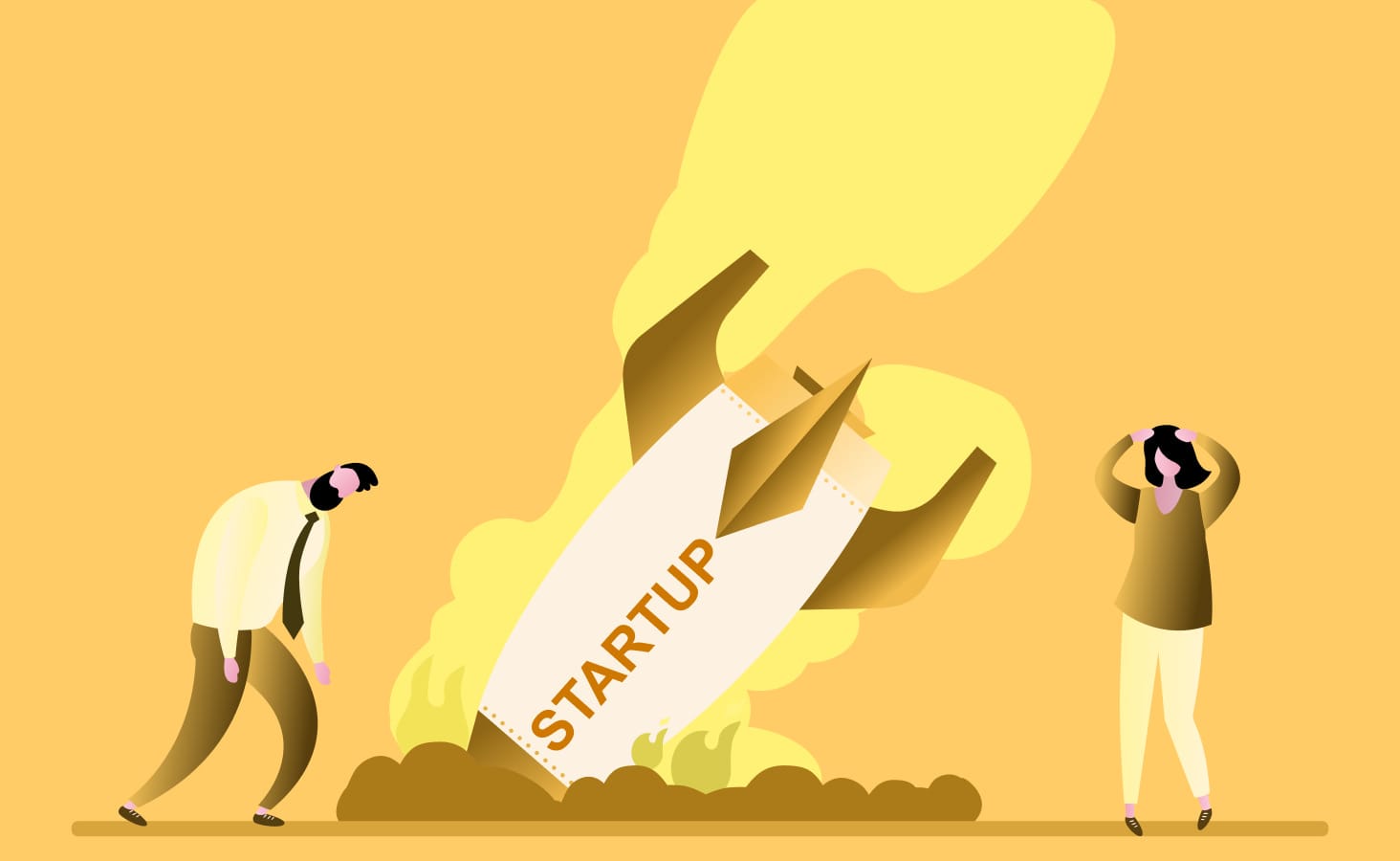Many startup founders unintentionally sabotage their team’s collaboration, contributing to high failure rates, wasted resources, and lost innovation opportunities. Here’s a data-driven look at how and what founders can do about it.
The Hidden Costs of Poor Startup Team Collaboration
Data shows 64% of employees waste at least three hours a week due to inefficient collaboration, and up to 23% of startup failures stem from team issues like miscommunication, unclear roles, and management gaps. (source)
About 70% of startups will fail within their first three years, with poor team dynamics consistently cited among the top causes — often more than funding or product-market fit problems. (source)
The impact is especially pronounced in fast-moving sectors such as tech, where lean, remote, and cross-functional teams require clarity, trust, and strong digital collaboration systems to thrive.
How Founders Sabotage Collaboration Without Realizing It
Delaying Key Hires
Waiting too long to bring in team leads (product, DevOps, or security) can bottleneck progress or cause major issues down the line.
Trying to Go Solo
Building in isolation (often with just 1–2 developers) wastes time and perspective. Diverse expertise in design, product management, and QA is crucial for innovation.
Ignoring Soft Skills and Communication
Many founders focus on technical or growth hires, underestimating the importance of communication and collaboration skills. This leads to misunderstandings, conflict, and missed deadlines.
Not Defining Clear Roles
Even talented individuals flounder without well-defined responsibilities, causing duplication of effort and confusion about objectives.
Underinvesting in Leadership
Postponing hires for experienced technical leaders or project managers means the team lacks structure, direction, and priorities—which leads to "the collaboration gap".
Check these real-world startup examples of failed team collaboration.
App-Switching Fatigue
Juggling multiple disconnected collaboration tools can lead to confusion, missed updates, and wasted time, a pain point especially acute for startups with remote or async-first teams.
Startup Collaboration Best Practices for Founders
Create a culture of trust where team members feel safe to share ideas and voice concerns.
Establish clear communication guidelines for tools, meetings, and decision processes, allowing for deep focus time and structured updates.
Hire for both hard and soft skills: look for problem-solvers who can articulate ideas and work well across functions.
Invest early in tech leadership and make leadership roles explicit so everyone knows how their work ladders up to startup goals.
Reduce app-switching by integrating communication, project management, and feedback into unified workflows.
Encourage asynchronous collaboration (shared docs, async brainstorming) to harness the power of remote and distributed teams.
Moving From Chaos to Collaboration: Next Steps for Modern Startup Teams
Startup founders face unique pressures, but as seen, even well-intentioned decisions can create costly collaboration gaps if left unchecked. The good news is these pitfalls are not inevitable; clarity, trust, and thoughtful use of technology can transform teamwork from a source of friction into a powerful engine of growth.
While there’s no universal fix, startups that intentionally reduce tool fatigue, encourage open communication, and implement clear structures for distributed teams see measurable gains in productivity and morale.
For founders looking to bridge the collaboration gap, solutions like Wokay.com are helping teams channel their best work — by putting chat, projects, and AI-powered workflows together under one roof. With fewer roadblocks and more visibility for leaders, startup teams can shift energy from putting out fires to building world-changing ideas.
That’s a win no founder should leave to chance. Curious about Wokay.com? Book now for a free demo!





